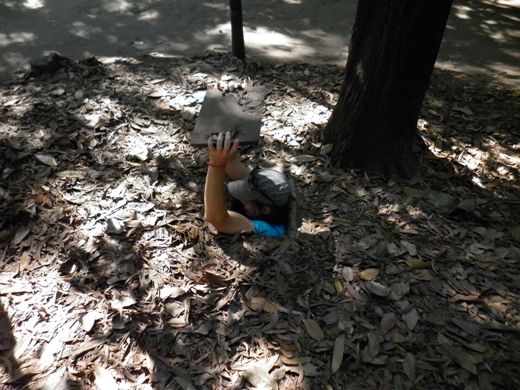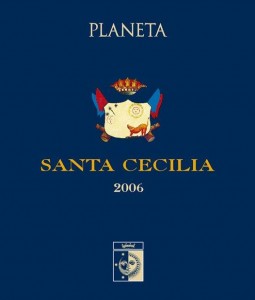Angullong Sauvignon Blanc 2011 – $17 ˜˜- **.  Orange, New South Wales. Pungent lychee and kiwifruit nose. A fuller-flavoured style on the palate showing juicy fruitiness, a hint of fruit salad and dried pears with light citric acidity at the finish.
Scarborough Semillon 2011 – $20 ˜˜˜- ***. Pokolbin, New South Wales. Aromatic nose of hay and young melon along with a hint of lemon oil. Dry, tangy, citric palate with a lip-smacking finish. Fine aperitif. .
Frogmore Creek Fumé Blanc 2011 – $28 ˜˜˜- ***. Tasmanian sauvignon blanc. Herbal-edged nose with a hint of tomato leaf and passionfruit, underscored by biscuity notes from new and aged French oak. The palate is fresh and very dry with a good length of flavour leading to a tangy, sherbert-like finish.
Hugh Hamilton The Floozie Sangiovese Rosé 2011 – $22.50 ˜˜- **. McLaren Vale, South Australia. Pale rosy pink. Sweet fruit nose hinting at new season cherries. Lively palate shows summer berries and finishes just off-dry. Try with a picnic lunch by the river.
Campbells Sparkling Shiraz – $30 ˜˜˜- ***. Rutherglen, Victoria. Foamy purple to black in the glass. Lovely blackberry nose. Full on palate of dark berries and dark chocolate that finishes firm enough to accompany a Christmas roast.
Cooks Lot Pinot Noir 2009 – $20 ˜˜˜- ***. Mudgee and Orange, New South Wales. Hues of cherry skin in the glass. Strawberries and light smoky notes on the nose. The strawberry character continues on the palate above a sub-structure of integrated tannins – these lead to a dry and persistent finish.
Raidis Estate Billy Coonawarra Cabernet Sauvignon $23 ˜˜˜- ***. Dense crimson hues. True varietal notes of black currant on the nose along with a hint of smoky oak. The palate reminds me of those black currant pastilles you used to get, the intensity not the sweetness that is. Tannins are nicely incorporated and the wine leaves an overall impression of smoothness.
Turners Crossing Shiraz Viognier 2008 – $25 ˜˜˜˜- ****. Bendigo, Victoria. Black with a purple edge in the glass. Dusty nose with notes of Black Forest cake and a suggestion of liquorice allsorts. A complex and substantial wine in the mouth with an attack of assertive yet integrated tannins supporting flavours of blackberry conserve, cocoa powder, allspice and leather.
Yanjing Beer – about $3 per stubbie. From Beijing, China. Made from malted barley, hops, spring water and rice. Full strength – 4.5% alcohol. A light refreshing style with nice hoppy aromatics. The palate has sweet edges with a background of malt and finishes with mild hops bitterness.
Two Elk Apple Cider – 330ml 4-pack $16. Sweden, 4.5% alcohol. For some reason this made me think of elks acting out the old two dogs joke. A delicate light style. Pleasant autumnal apple aromatics with a palate that will suit drinkers who like cider at the sweeter end of the spectrum.
Ratings
*****˜˜˜˜˜ – outstanding
****˜˜˜˜ – classy
***˜˜˜ – first-rate
**˜˜ – fine drinking
*˜ – commercial


